
I was in Vancouver at the end of June for the Velo-City conference – which is the cycling industry’s conference on bike sharing and urban cycling.
 The lead sponsors were PBSC who are behind the technology for many of the larger North American systems (Montreal, Minneapolis, Washington DC) so there was was a strong bike sharing theme through the conference, and they had a prominent stand with bikes in the various scheme liveries. The stand also had a couple of design updates from the ones you see in London and elsewhere – a “totem-pole” for capturing sunlight to provide power, and a slots that takes credit cards as well as the existing key-fobs. There is no indication that these updates will be making it to London anytime soon though. B-Cycle, who supply and run many of the smaller systems in the US (e.g. Denver, San Antonio) also had a stand with their own Trek-built bikes, which have a distinctly different look.
The lead sponsors were PBSC who are behind the technology for many of the larger North American systems (Montreal, Minneapolis, Washington DC) so there was was a strong bike sharing theme through the conference, and they had a prominent stand with bikes in the various scheme liveries. The stand also had a couple of design updates from the ones you see in London and elsewhere – a “totem-pole” for capturing sunlight to provide power, and a slots that takes credit cards as well as the existing key-fobs. There is no indication that these updates will be making it to London anytime soon though. B-Cycle, who supply and run many of the smaller systems in the US (e.g. Denver, San Antonio) also had a stand with their own Trek-built bikes, which have a distinctly different look.
I presented on my Bike Sharing Map showing the detail for various cities around the world, it was the middle part of a 90 minute presentation at three geographical scales – the first segment given by Russell Meddin on his global map of bike shares, and the last segment being given by Andrea Beatty on detailed information available for a single city through mobile apps.
I also sat in on several other presentations – some of the most interesting being given by far-eastern presenters, particularly the Chinese. This is because China has 7 of the largest 10 bike sharing systems in the whole world, but getting information on them can be difficult, so it was interesting to find out the information from people on the ground.

One of the most interesting talks focused on the modal shift in Chinese and Western cities – many of the former are shifting from bicycle to car, while the rise of the bus in Western cities was cited by the contrast between Thatcher’s 1968 “A man who, beyond the age of 26, finds himself on a bus can count himself a failure” with the 2008 appearance of a red London bus in Beijing during the 2008 Olympics closing ceremony! In China, lanes that were once dedicated for bicycles have been turned over to extra space for cars.
My personal highlight was being able to borrow one of the PBSC bikes and take it for a spin around Stanley Park – a lovely circuit and on a very pleasant afternoon. Apparently Vancouver does not have very many rain free days in the summer, but it was warm and sunny throughout my stay.

Vancouver is itself getting a bike sharing system, probably next summer. Vancouver’s existing cycle insfrastructure is brilliant – properly segregated cycle lane, with planters and cycle parking to separate the lanes from the cars. The operator will have its work cut out for the scheme to be a success though – helmets are required by law in Vancouver. There was some talk of a system where every docking station comes with a helmet vending machine, and on return the helmet gets safety-checked and automatically cleaned ready for the next user.

Thanks to Russell and Paul for letting me crash in the apartment they rented, B-Cycle for covering my conference fee, and CASA for flying me there.



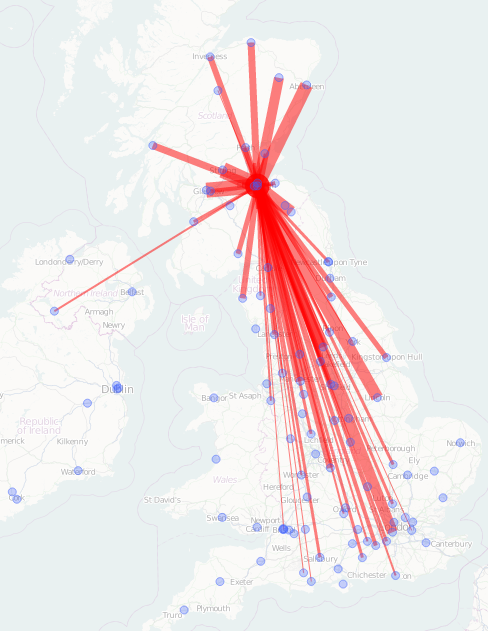
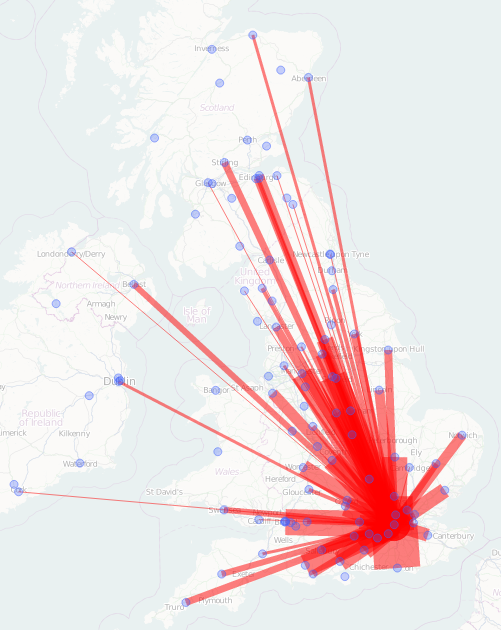
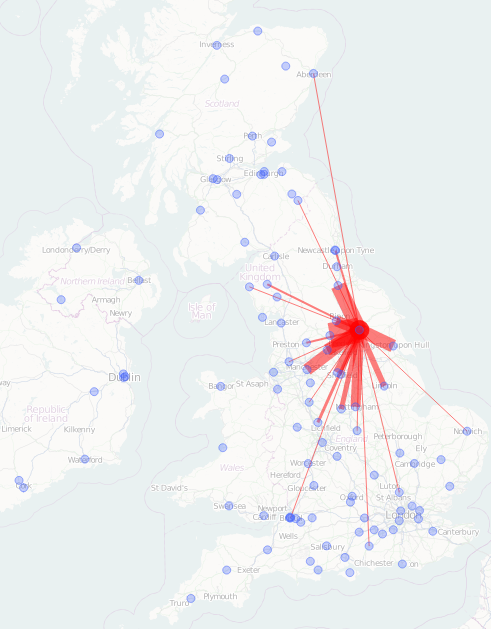
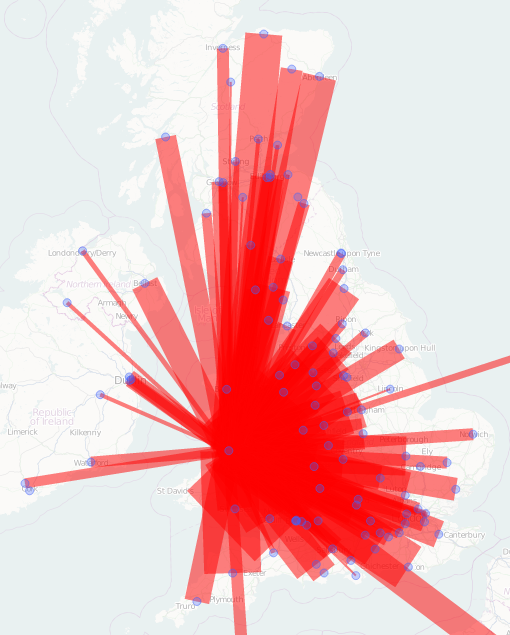
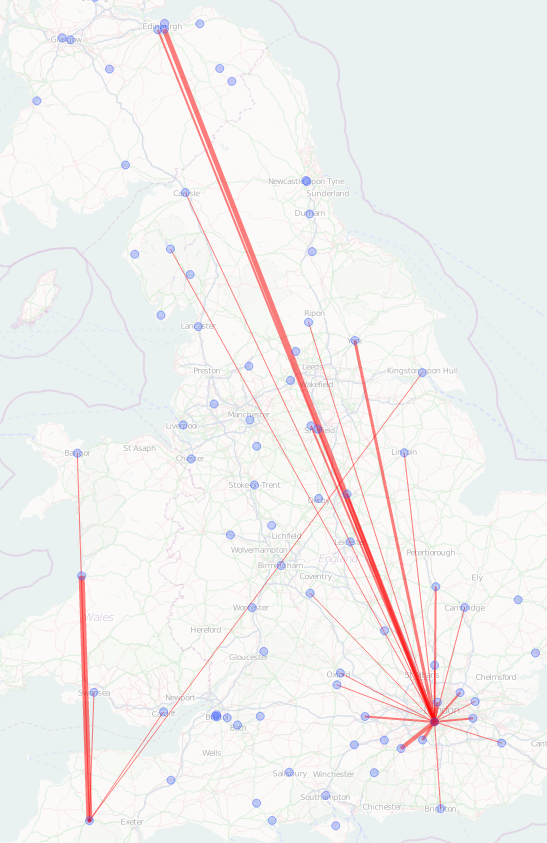










 The lead sponsors were PBSC who are behind the technology for many of the larger North American systems (Montreal, Minneapolis, Washington DC) so there was was a strong bike sharing theme through the conference, and they had a prominent stand with bikes in the various scheme liveries. The stand also had a couple of design updates from the ones you see in London and elsewhere – a “totem-pole” for capturing sunlight to provide power, and a slots that takes credit cards as well as the existing key-fobs. There is no indication that these updates will be making it to London anytime soon though. B-Cycle, who supply and run many of the smaller systems in the US (e.g. Denver, San Antonio) also had a stand with their own Trek-built bikes, which have a distinctly different look.
The lead sponsors were PBSC who are behind the technology for many of the larger North American systems (Montreal, Minneapolis, Washington DC) so there was was a strong bike sharing theme through the conference, and they had a prominent stand with bikes in the various scheme liveries. The stand also had a couple of design updates from the ones you see in London and elsewhere – a “totem-pole” for capturing sunlight to provide power, and a slots that takes credit cards as well as the existing key-fobs. There is no indication that these updates will be making it to London anytime soon though. B-Cycle, who supply and run many of the smaller systems in the US (e.g. Denver, San Antonio) also had a stand with their own Trek-built bikes, which have a distinctly different look.

